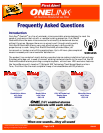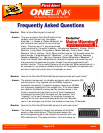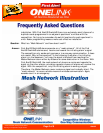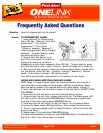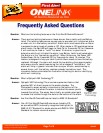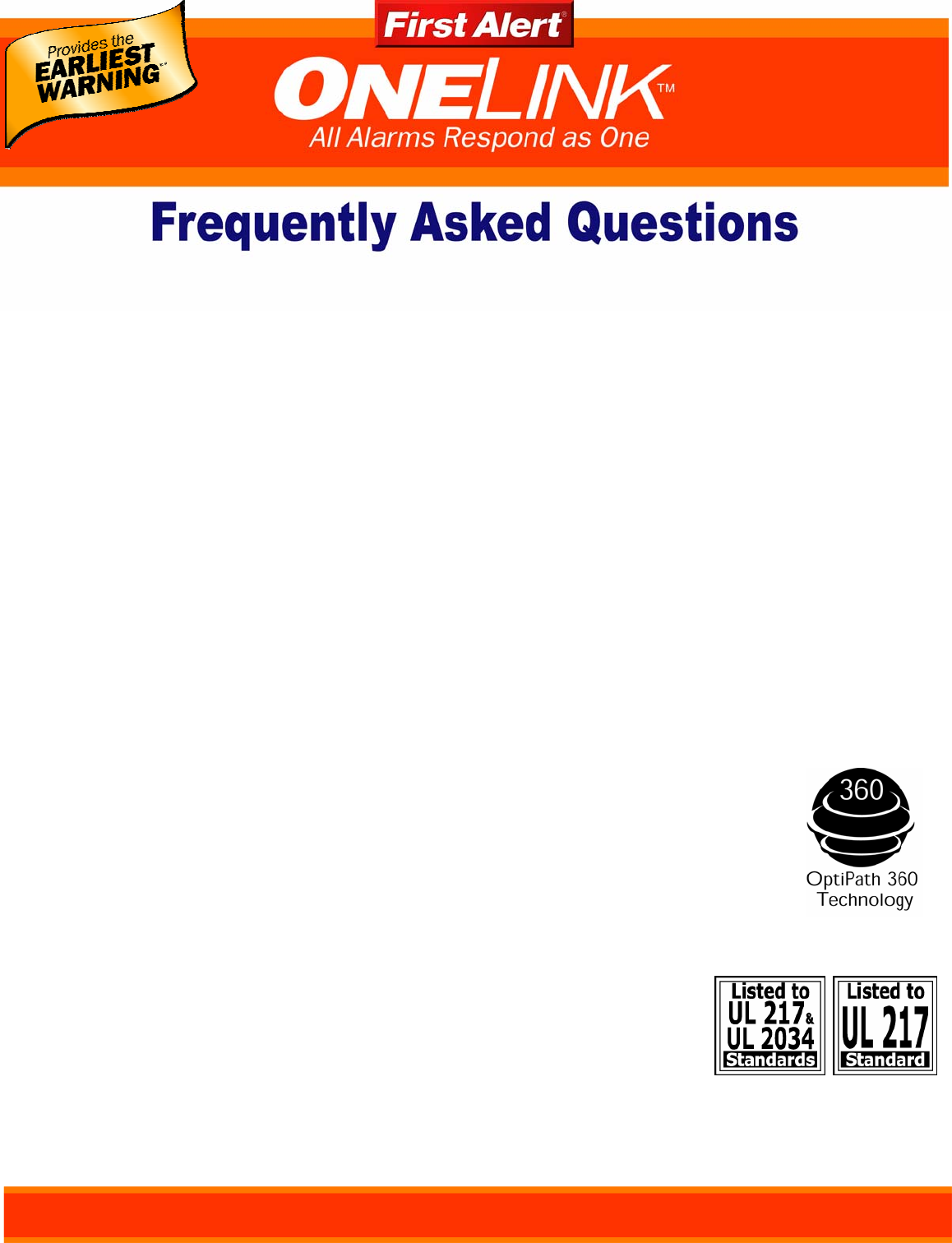
Page 7 of 9 CM2837
**Interconnected alarms provide added
warning as compared to single alarms.
Question: What are the latching features on the First Alert® OneLink® alarms?
Answer: There are two latching features on these alarms: Alarm Latch and Low Battery
Latch. The latching features are an easy way to see what unit initiated an alarm
or what unit is in low battery condition. Alarm Latch is activated after an Alarm
is exposed to alarm levels of smoke or CO. After smoke or CO levels drop below
alarm levels, the Red LED will begin to flash On for 2 seconds/Off for 2 seconds.
It will continue to flash or “latch” for about 15 minutes, to give time to
determine which unit initiated the alarm. Low Battery Latch is activated when
the Alarm is in the "low battery condition". When this occurs, the Power LED
flashes Green On for 2 seconds/Off for 2 seconds for about 15 minutes. This
feature is designed to help you identify which Alarm needs to have the battery
replaced. Although, the alarm will sound the low battery chirp approximately
once every minute, sometimes during the initial stages of "low battery", the
alarm will chirp in greater intervals than once per minute, sometimes up to
several hours, until the battery reaches a steady low battery level. This
innovative feature eliminates the frustration of waiting for and/or identifying
which unit is chirping.
Question: What is Optipath 360 Technology™?
Answer: Optipath 360 Technology™ is an exclusive patented feature that
provides 360° of direct access to the smoke chamber. The
Photoelectric sensor actually is mounted on the bottom of the
circuit board so that when the alarm is installed the sensor points
towards the ceiling. The sensor has virtually an unobstructed path
to smoke that enters through the slots on the bottom of the alarm.
Question: Are First Alert® OneLink® alarms listed to ANSI/UL Standards?
Answer: Yes. All First Alert® OneLink® alarms are listed by ETL,
an accredited NRTL (nationally recognized testing lab) to
ANSI/UL 217 Standard for smoke alarms and ANSI/UL 2034
Standard for carbon monoxide alarms.



